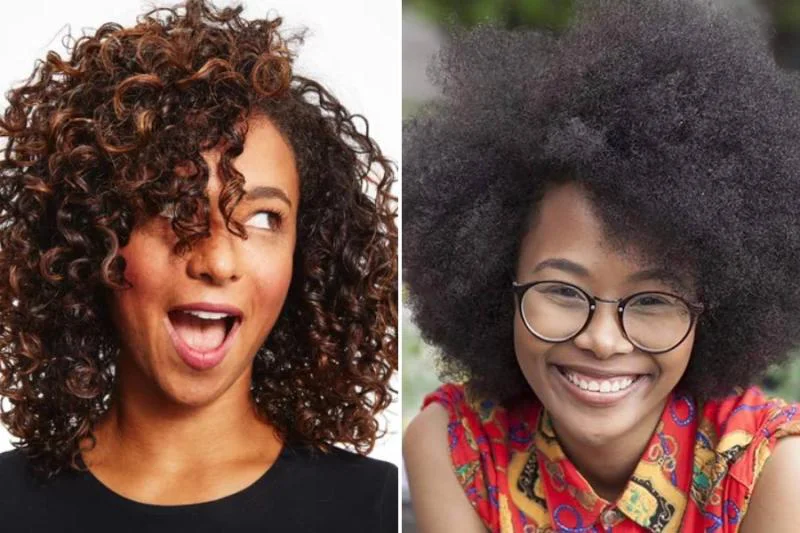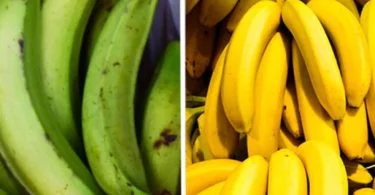Have you ever realised that the texture of Afro hair is characterised by tightly coiled strands that grow rounded? Curls refer to a range of hair textures with a spiral or ringlet shape, varying from loose waves to tightly coiled ringlets.
What is Afro?
The term “afro” has been used in various contexts throughout history. Still, it is most commonly associated with African American culture and the natural hair texture of people of African descent. The “afro” hairstyle symbolised pride and identity for many African Americans in the 1960s and 1970s. The afro was interpreted as rejecting Eurocentric beauty standards, which had previously encouraged African Americans to straighten or relax their hair to conform to white cultural norms. Allowing one’s natural hair texture to grow out into a full, rounded shape, often without the use of chemicals or straighteners, was the style.
The afro is still a powerful symbol of black identity and cultural resistance today. It is frequently celebrated in pop culture, with iconic figures such as Angela Davis, Jimi Hendrix, and Diana Ross wearing it at various career points. Aside from its cultural significance, the afro has sparked debate and controversy. Some say the style is unprofessional or unkempt, while others see it as a powerful expression of self-expression and liberation. Overall, the afro symbolises black identity and resistance that inspires and empowers people of African descent worldwide.
What are Curls?
Curls are a type of hair texture that is distinguished by natural waves or ringlets. Curl shape and size vary greatly depending on genetics, hair care practices, and styling techniques. Curls are frequently associated with African or Afro-Caribbean descent but can be found in people of all ethnicities. Because of their structure, they are more prone to dryness and breakage than straight hair, making them more challenging to maintain.
Curly hair can be healthy, vibrant, and full of life with the right products and techniques. Curls are a distinct and beautiful hair texture requiring specialised care and attention. Curly hair care frequently entails using products designed specifically for curly hair, such as moisturising shampoos and conditioners, leave-in conditioners, and styling gels or creams. Techniques such as “plopping” and “scrunching” can also help to define and enhance curls while reducing frizz. Curls come in various styles, from loose waves to tight coils. Some people with curly hair prefer to embrace their natural texture, while others use styling techniques like twisting or braiding to achieve various looks.
Difference Between Afro and Curls
Textured hair can be classified into different types, two of which are Afro hair and curls. Although they share some similarities, there are notable distinctions between the two. The hair texture, referred to as Afro or kinky hair, is characterised by tightly coiled strands that grow in a rounded shape away from the scalp. The material in question typically exhibits a dense and substantial quality, often accompanied by a significant reduction in size upon exposure to certain conditions. Properly maintaining Afro hair is crucial to prevent dryness and breakage, as it requires considerable moisture and care.
The term “curls” can encompass a diverse range of hair textures that exhibit a spiral or ringlet pattern. This contains hair types that show waves, curls, and coils. The size and texture of curls can exhibit a wide range of variation, spanning from loose, flowing waves to tightly coiled, springy ringlets. Like afro hair, curly hair requires adequate moisture and proper care to retain its shape and prevent damage. So, although afro hair and curls are categorised as textured hair types, they exhibit unique variations in their form and texture. Having a clear understanding of these distinctions can assist people in selecting the most appropriate hair care products and styling methods to maintain and improve the health of their natural hair.







